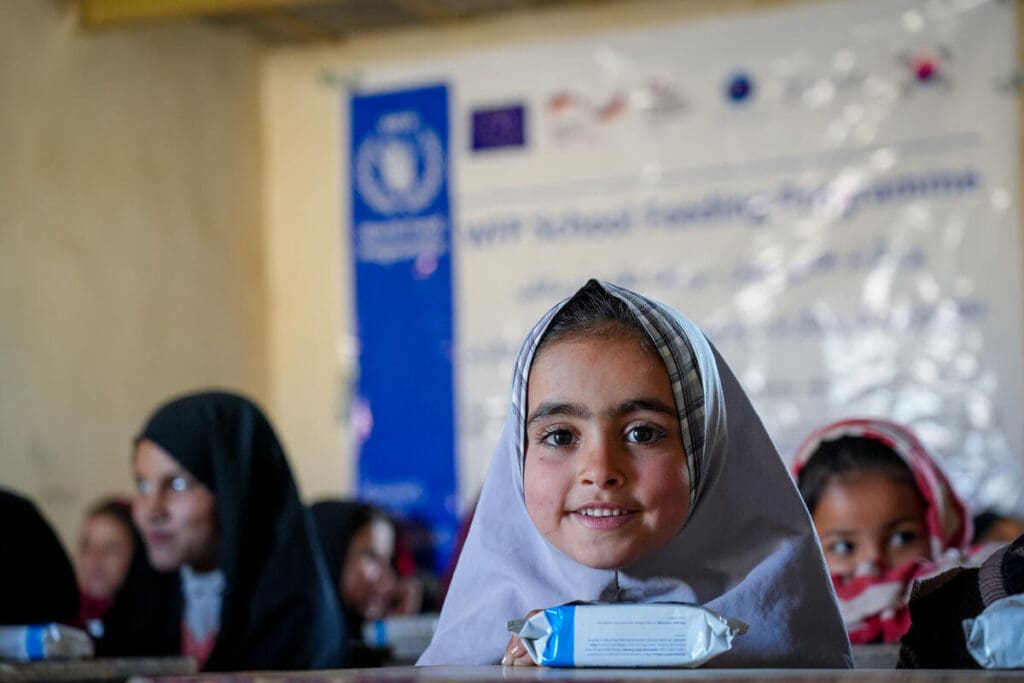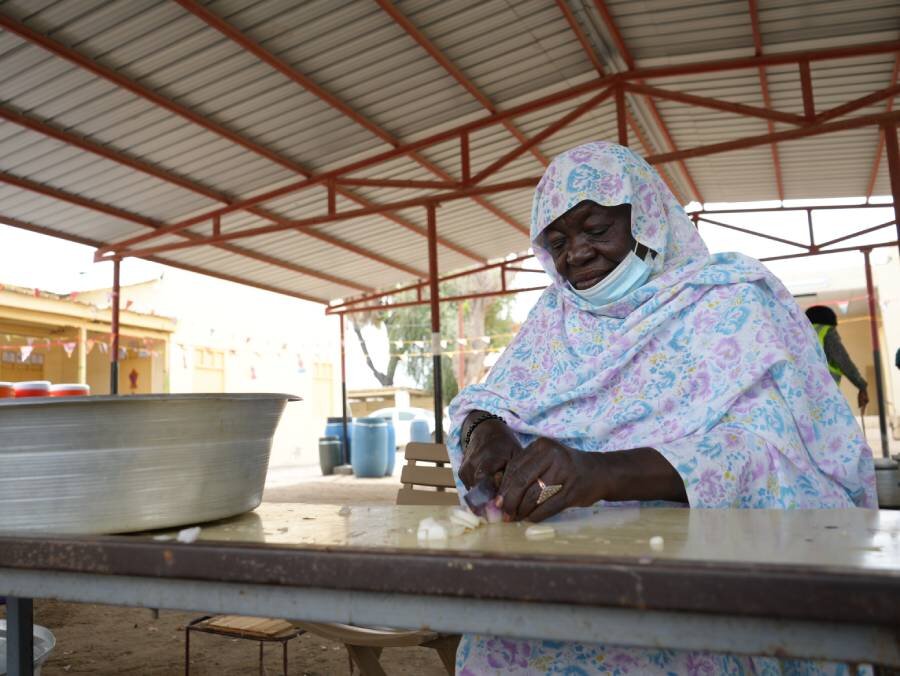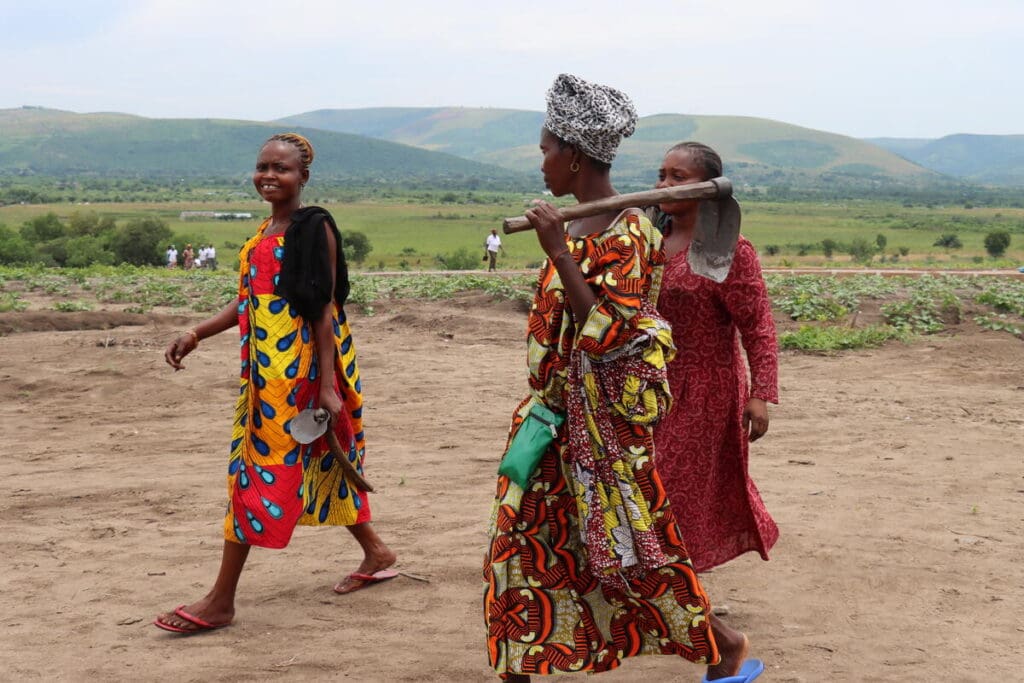Spring Impact: An Update on WFP’s Response to the Global Hunger Crisis

World Food Program USA’s Spring Statement of Impact provides a snapshot of global hunger from January to May 2024. The report highlights the different ways our supporters powered the U.N. World Food Programme’s efforts to deliver emergency food assistance in crisis settings and invest in long-lasting solutions that change lives.
The State of Hunger in 2024
A deep hunger crisis is affecting 309 million people worldwide. This crisis is driven by conflict, the climate extremes and economic shocks. Humanitarian needs are highest in Gaza, Sudan, the Democratic Republic of Congo (DRC) and Haiti where violent conflict is pushing communities deeper into hunger and limiting economic and educational opportunities.
WFP Supports People in Hunger Emergencies
The hunger crisis in Gaza remains dire. Acute malnutrition rates among children under 2 doubled within two months. In April alone, the United Nations World Food Programme (WFP) reached over 1.6 million people despite severe limitations on humanitarian aid distribution. The U.N. World Food Programme also helped four bakeries in northern Gaza reopen and introduced a self-registration tool to expedite aid delivery.
April marked one year since the onset of violent conflict in Sudan. The war has destroyed essential infrastructure, including food factories, hospitals, banks, agricultural land, bridges, and gas pipelines. The crisis has displaced over 8 million people. Many refugees have fled to neighboring countries including South Sudan and Chad. The U.N. World Food Programme has reached over 6.5 million people with food and nutrition assistance.

February marked two years since the beginning of the war in Ukraine. The war has left millions of Ukrainians displaced internally and across Europe. Since March 2022, the U.N. World Food Programme has distributed food and cash assistance equivalent to 2.5 billion meals to Ukrainians affected by the war. The U.N. World Food Programme also works to stabilize the local economy and food systems in Ukraine. For instance, by purchasing bread directly from local bakeries in frontline areas, the U.N. World Food Programme helps to shorten supply chains and provide a stable market for bakers.
WFP Is Changing Lives Through School Meals and Support for Farmers
Ending hunger requires investments in programs beyond emergency food assistance. That’s why the U.N. World Food Programme provides millions of students with daily school meals. These meals improve children’s access to education, provide students with nutritious food and strengthen local economies.

When sourced locally, school meals can also help mitigate the effects of the climate crisis. Buying food locally shortens supply chains, creates stable markets in local communities and reduces food waste through smaller and more frequent food orders. With a stable demand for their crops, farmers are more likely to invest in agricultural inputs like fertilizer and adopt climate-smart practices like planting drought-resistant seeds.
WFP also addresses the climate crisis and supports farmers through innovative resilience projects. In Ethiopia, limited rainfall, droughts, floods and conflict have driven an estimated 15.8 million people into acute hunger. Through the Amino Small-Scale Irrigation Project, WFP works with communities to build solar-powered irrigation systems that allow farmers to manage water effectively, rehabilitate their agricultural land, and grow crops.

In the DRC, conflict and climate disasters like floods are destroying farmland, roads, and bridges. This disrupts farmers’ livelihoods and prevents them from accessing local markets.

In response, WFP provides agricultural training programs to help farmers improve their food security and resilience to crises. The training programs cover the best practices to reduce soil erosion, improve soil fertility and protect against the risk of landslides.
###




